|
It all started with a mandatory sit spot in mid-March - just one week into physical distancing. We hiked back to the bush at my childhood farm. When we reached the sugar shack ruins, I rang the singing bowl three times. A beginning, an offering. We set out, each in our own direction, then settled in. My children were far from me, but I could see that they’d sunk into quiet. Even the dogs planted their bums, looking around, sniffing the air, aware, still. Inhale, exhale. Thoughts expand, thoughts cease. I needed this forest quiet - a respite from my frenetic thought life and from city life where I was starting to feel watched, passing faces on sidewalks that looked scared, unsure, tentative. Minutes flew past and after half an hour I reluctantly rang the bowl. They bubbled questions to me on the walk back:
Our bush times have continued over the past weeks. In mid-March, I thought we were looking at a stretch of three weeks together, and it seemed like we needed some activities that would take us out of our heads. Our forest times have done that for us.
Since then, they have evolved to include other activities too: journalling, whittling, photography, building a fairy house. We’re experimenting with following our intuition - asking ourselves “what does my mind and body need/want to do in the forest today?” and then going from there. Inhale. Exhale. A re-fresh and a re-set, freeing our minds to rest.
0 Comments
Sometimes my play begins with a prompt - a tiny invitation to play. The other day it came in the form of scarlet elf cap fungus. As soon as I started spotting those brilliant red bowls, so bright and cheery on a forest floor of rusty brown leaves, I knew it was time to build a fairy house. How could I not? I’m trying to listen to that quiet, intuitive voice inside of me lately and just run with ideas - especially when they involve a creative response to what is happening in the world right now. Because I think the world needs more fairy houses right now. Probably always will. I scoured the ground for details and beauty: abandoned snail shells, turkey tail fungus, feathery moss, tiny maple keys, Y-shaped sticks, a bark roof. The following week I returned to that same spot, and added a welcome sign and cottage banner. And then I waited… Then I passed on the scarlet elf cap invitation to my children and nieces and nephews. One made a fairy house in her backyard with a welcome sign that said “FARES,” and featured painted with glow-in-the-dark paint so the fairies could find their way in the dark. She also added a pool and a slide. Two made a house around a stump in my parents’ bush, adding mossy slides, autumn seeds, rock steps and elaborate entryways with fabulous features like feathers, fungus, and ferns. Another two made a fairy house in the forest by their garden, finding old gourds from last year’s compost heap and using them as inspiration. Their mom showed them how they could hammer nails and balance small sticks to make a ladder, and they took that teaching and used it in their creation. Designing, hammering, painting, imagining, persisting, brainstorming, negotiating, connecting, scaffolding learning through play and creation - these small worlds house many hopes and dreams. When I allowed myself space and time to "go with the flow," my monkey mind was put aside and my left brain got a vacation. That dull ache subsided, and time flew by.
Tiny invitations to play can come to us in this in-between time - through scarlet elf cap fungus or an aunt’s text message or just a nudge felt inside. School is closed, but imagination is open; creativity abounds. A couple of weeks ago, I wrote about sound maps as a way of learning about your place and recording what you hear around you. This is a way of being very still and recording the sounds that you hear around you. You can do this from a balcony, backyard or sidewalk near your home.
This is a photo of a sound map I made from my back porch. What does yours look like?
Spring is really springing around my neck of the woods! It is so encouraging to hear so much birdsong, and to have the sun shining through. Each day I am walking and writing, walking and writing - my 2-pronged approach to this in-between time. Below are some ideas around expressing gratitude (a wonderful well-being and positivity-encouraging thing to do at any time!) and journalling. Routine: expressing gratitudeIn our forest school groups, this takes many forms, but we try to do this regularly. It demonstrates a reciprocal relationship with the land and with each other. Here are some examples:
How do you express gratitude at home? Try one or more of these ideas this week:
It's not surprising that an attitude of gratitude is mind-changing, and life-changing too. What we focus on matters! I notice, with my own children, that it's very easy to come up with a laundry list of the bad feelings or moments - these are potent too! For myself, ending the day on a "good note" helps with sleep and with my attitude the next morning. Create: a nature journal Journals can take many forms. In our programs, we have made some from recycled paper, and we have bought some too. Personally, I prefer blank pages - unlined. More possibilities! Here are some possible prompts, but follow your nose! And eyes and ears and heart.
Outside this weekSome of Josh Shea's ideas of what to look for this week include:
In closing, I encourage you to use the outside world as medicine as much as possible as a family. Follow the interests of your children - it's amazing to hear the questions that rise when you allow them to lead their learning.
We are aware that Huron Natural Area is overrun with people right now, making it an unsafe place to be, so please try to find other areas to walk/explore. Thank you! "It's not enough to wish, dream, hope. Even children know this. We must sail into the sea of uncertainty. We must meet fear face-to-face. We must take our dreams as maps for a greater journey. Dreams, to come true, need a good story. So go live one." ~ Vironika Tugaleva Last week, I put out the call for maps of Huron Natural Area, with children just using the power of memory, and I'm happy to share these submissions with you. I love how different each one is - different parts of the park drawn, and various stories (I'm sure) that inform the maps. Here is what Poesy said about her map, below: "This little snake was the baby one I showed my Mom at the end of Forest School one day. I found it under the log. The pink house is the bat house in the meadow. There is a mallard duck swimming in the pond. My favourite trees are these ones at the bottom of my map. They are at the beginning of the path. I drew the place we had the fire on the last day. In the top corner I drew the fox den, along the path to coyote corners. I miss forest school so much!" Another family took up the challenge. Three children made three very different maps. Here is Samuel's map, which shows many areas of the park - kind of like a bird's eye view. And here is Eliza's map. I love that both Eliza and Poesy have the bat house on their maps. It is definitely a landmark in the park now! And here is Ezekiel's map. He did a very detailed drawing of places that included the entrance, play area, and parking lot. Below is a map that we worked on with several of our forest school groups over the years, adding bits and pieces here and there. Some animal sightings, some special places (note the use of "magic" for many of the areas), and frequented areas. Over the years, we have named the spots too, sometimes according to the animals that we saw there, or evidence of animals. Map-making definitely is a way of storytelling for us - to tell what we've seen and heard and experienced together. Naming these spots, trees, landmarks says, "this land is important to us." Here are two other ways that we've made maps over the years: Journey sticksThese are "maps" that we make in one session together. 1. Each person gets a stick with a long piece of cotton wrapped around. We have also used yarn or masking tape. 2. We go on a journey! 3. We collect things that interest us. [we talk about our picking guidelines - no live creatures, no scat, things that have fallen on the ground, and using the "honorable harvest" to discern whether to pick/harvest] 4. As we go, we attach them to our journey sticks. 5. When we reach our destination, we talk about what we chose and where. As we do that we "map" out our journey, picturing places in our heads as we hear each other describe the treasures collected. Memory sticksThis name might seem deceptively similar to the name "Journey Sticks", but believe me, these are TOTALLY different. We made these after a year of being together. 1. Be together for a long time. Maybe even a school year. Take photos of adventures together. 2. At the end of that long time, gather around the photos. Remember together. 3. Pass out sticks and sharpies. Draw or write about your favourite memories. 4. Share your ideas with the group. This map is a little more abstract, but it is a way of mapping out our time together - recording memories in drawings, words, and colours. Looking back, highlighting. Remembering where and when and what and which season and which feelings. It's a powerful way of reflecting together... saying "oh ya!! I remember too!" How do you map your experiences with the land? With each other? With yourself?
|
Read on...Hammers, Huge Swings, and the Freedom to Play Archives
April 2020
|
We are honoured to walk, learn, and play on the traditional territories of the Haudenosaunee, Anishinaabeg, and Chonnonton Nations, treaty lands of the Haudenosaunee. Grateful for the ongoing care, stewardship, and teachings from Indigenous Peoples that help us walk gently on this earth. We are committed to the ongoing process of decolonization through partnering with local Indigenous educators in our facilitation, learning about the past and about good ways to move forward together, respecting the land as our First Teacher.
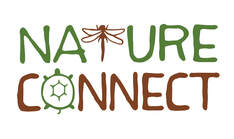
Join our email update list
© Nature Connect 2024
© Nature Connect 2024

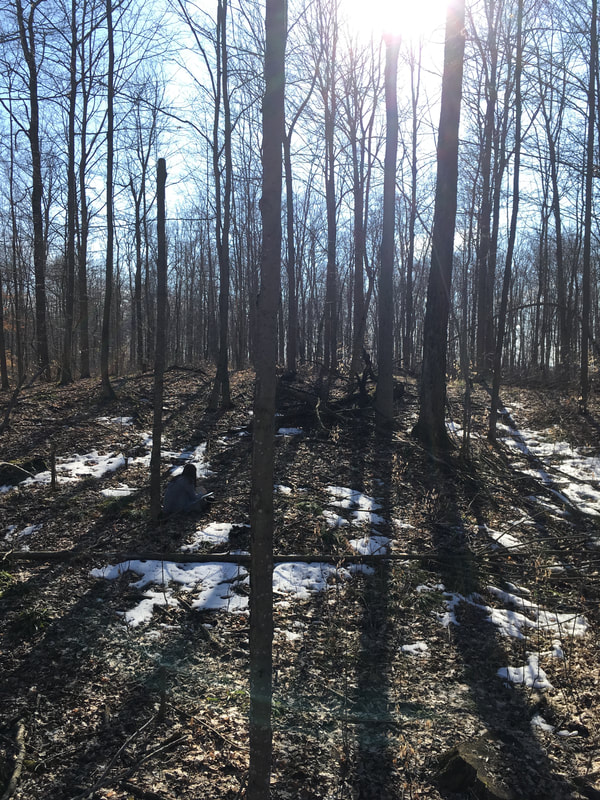
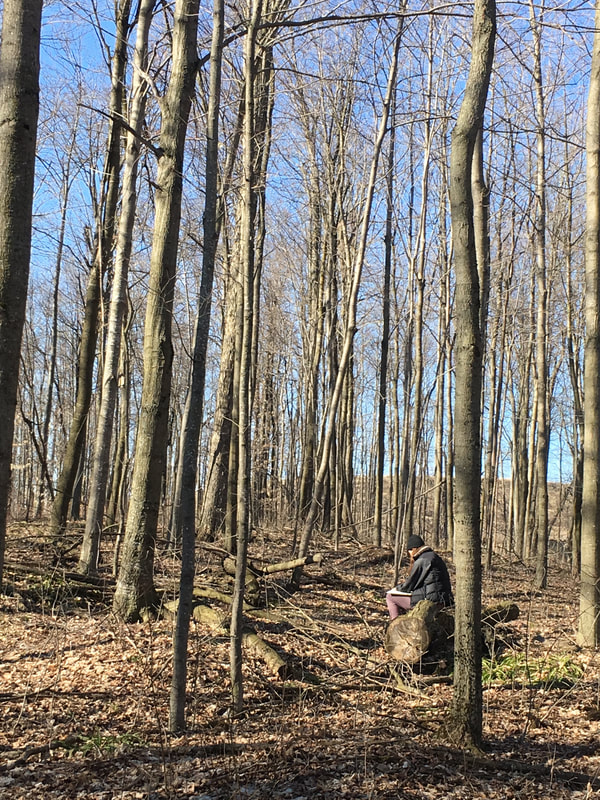
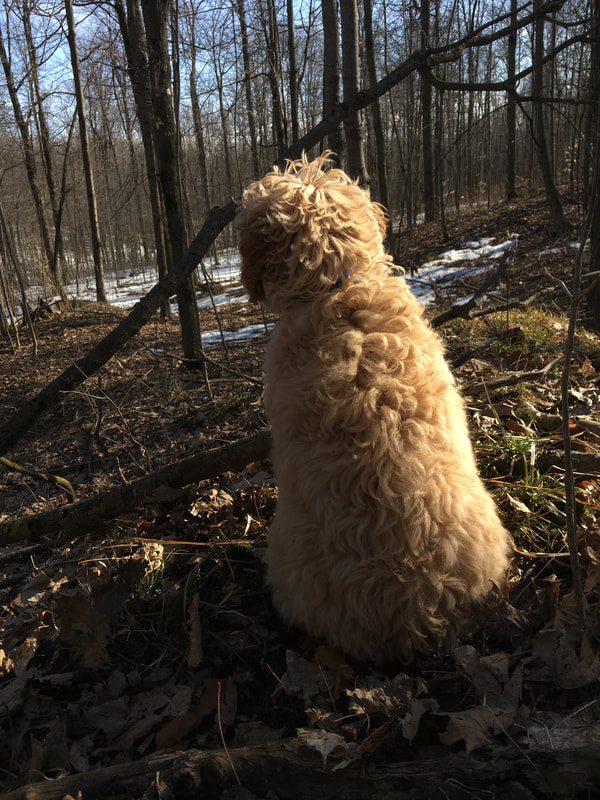
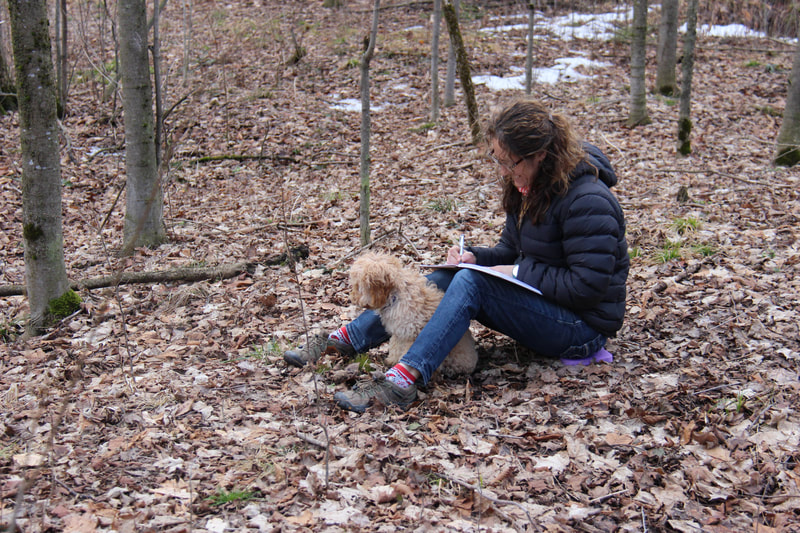
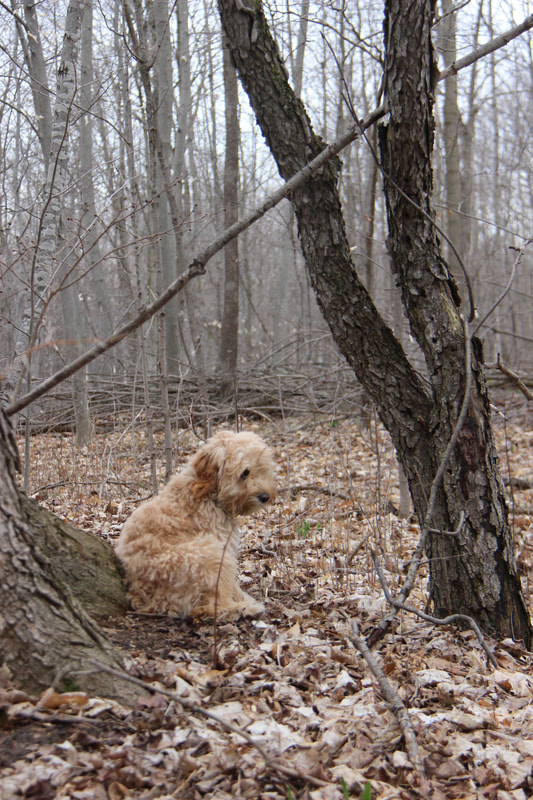
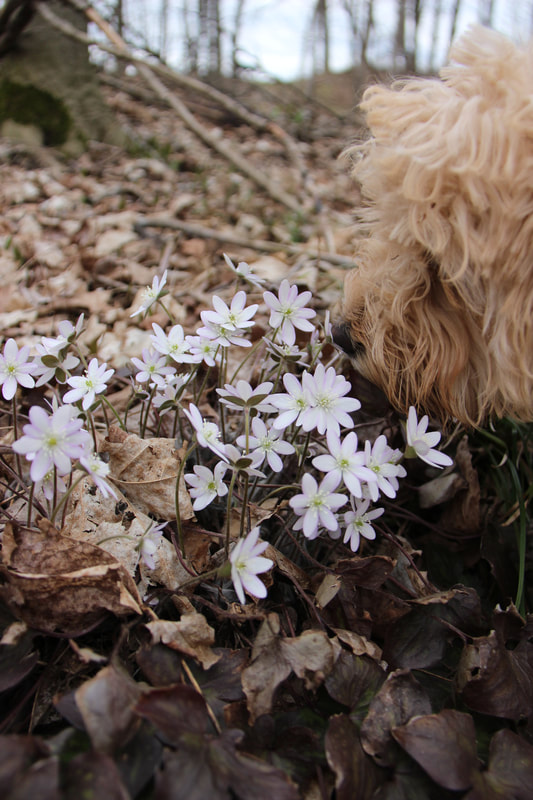

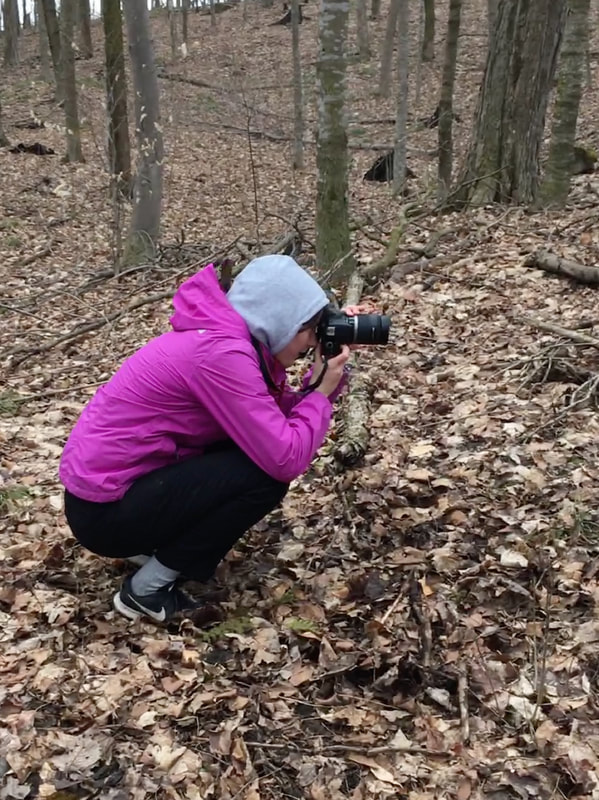



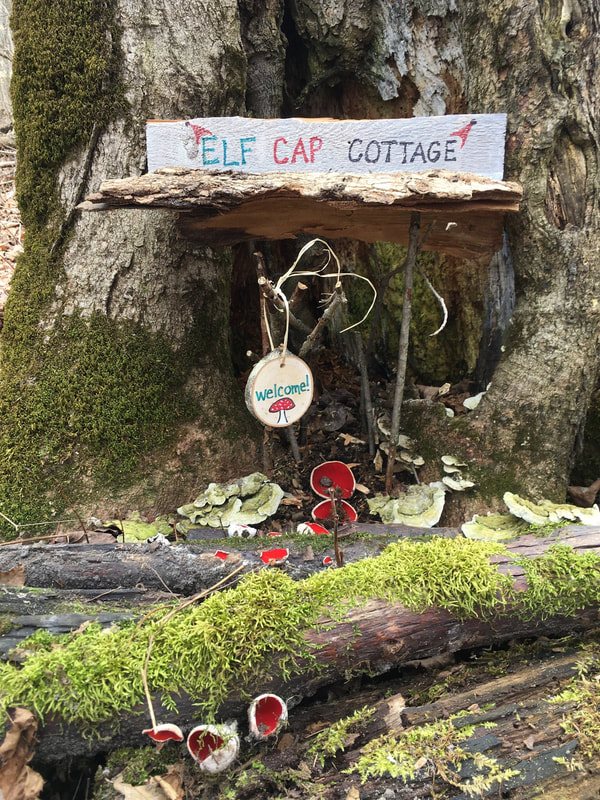
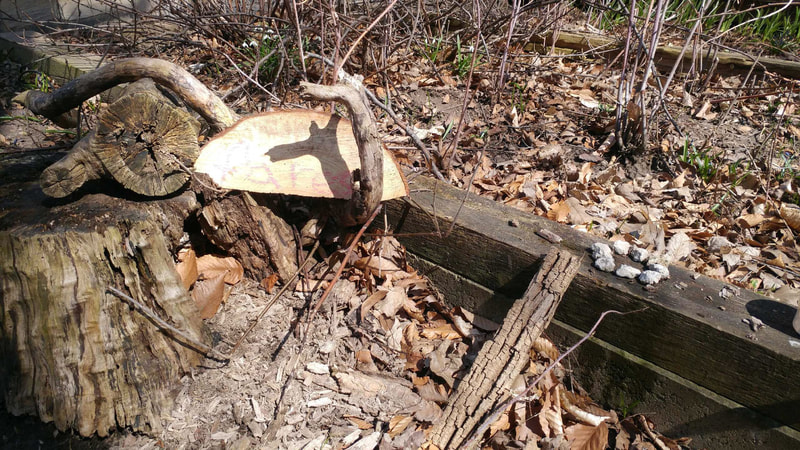
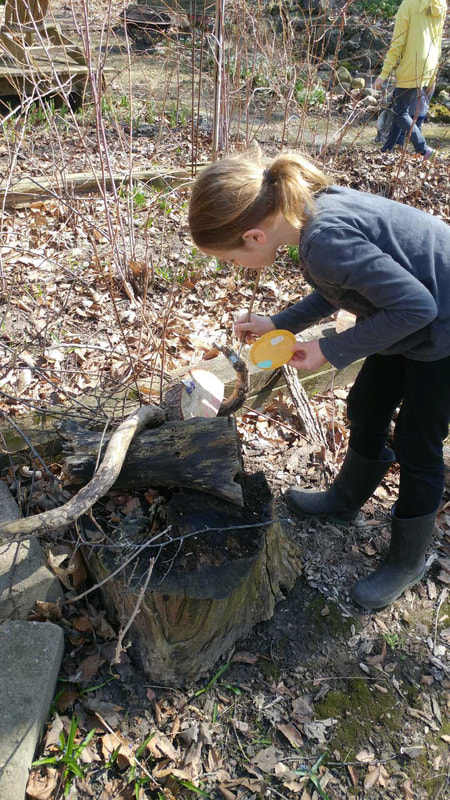
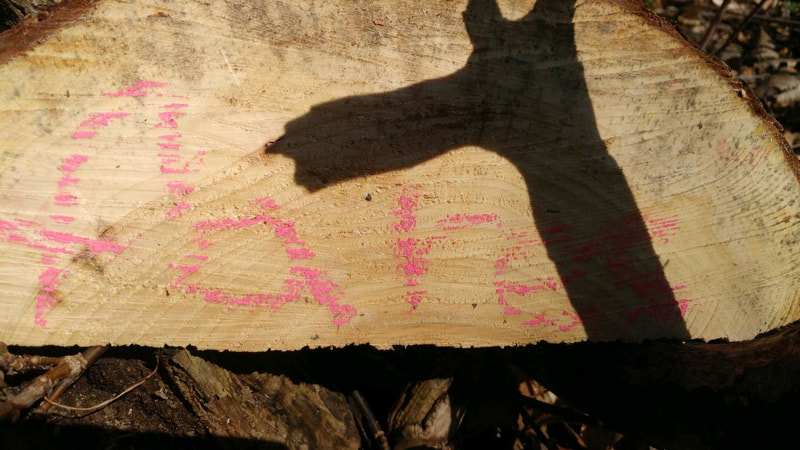
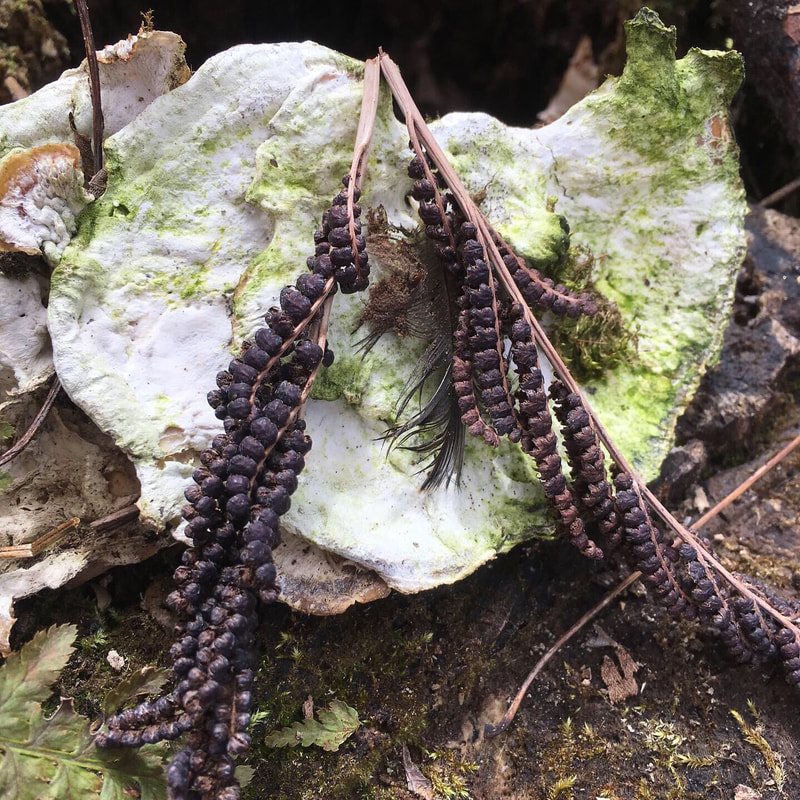
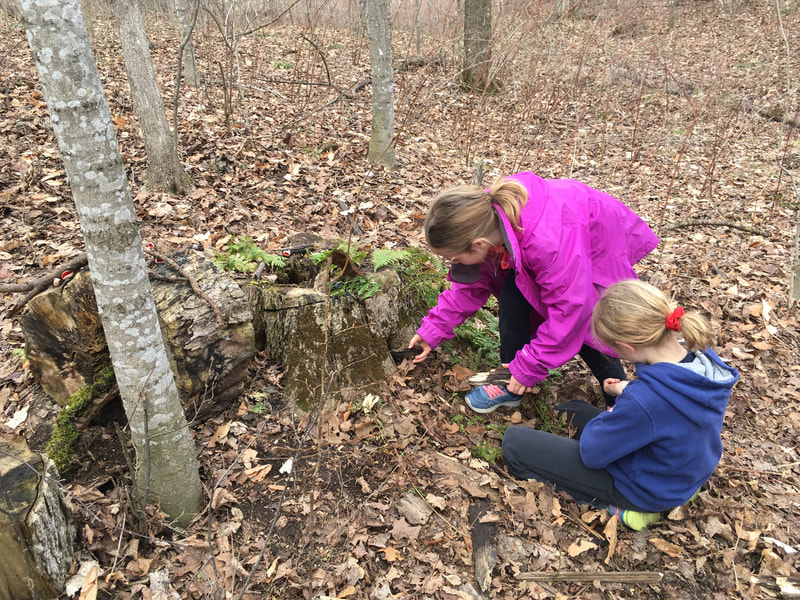
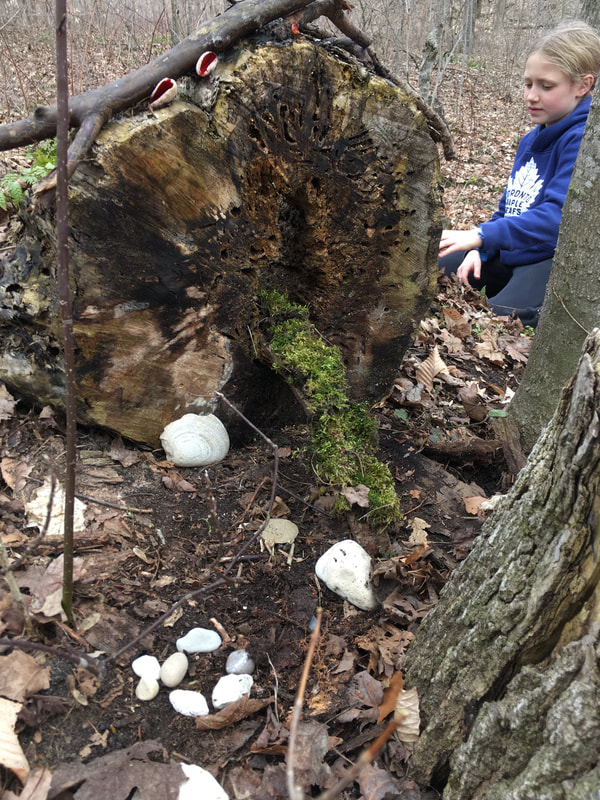
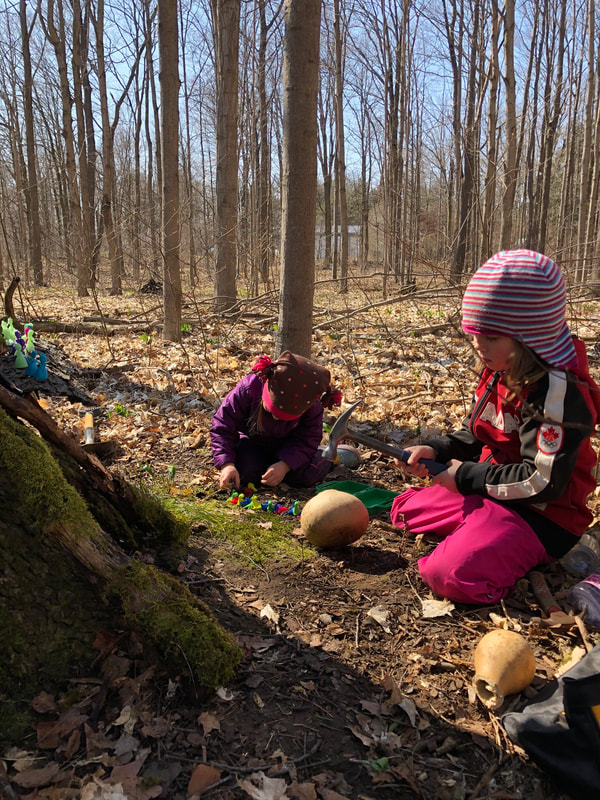
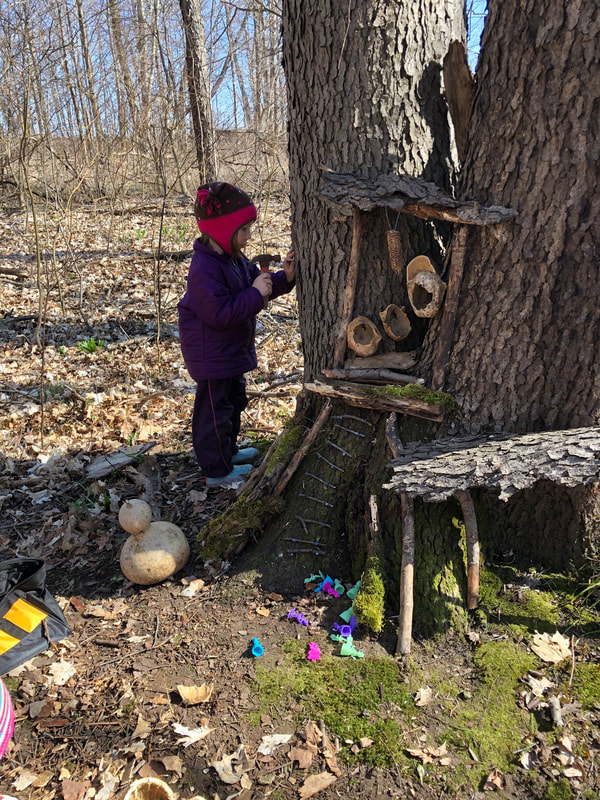
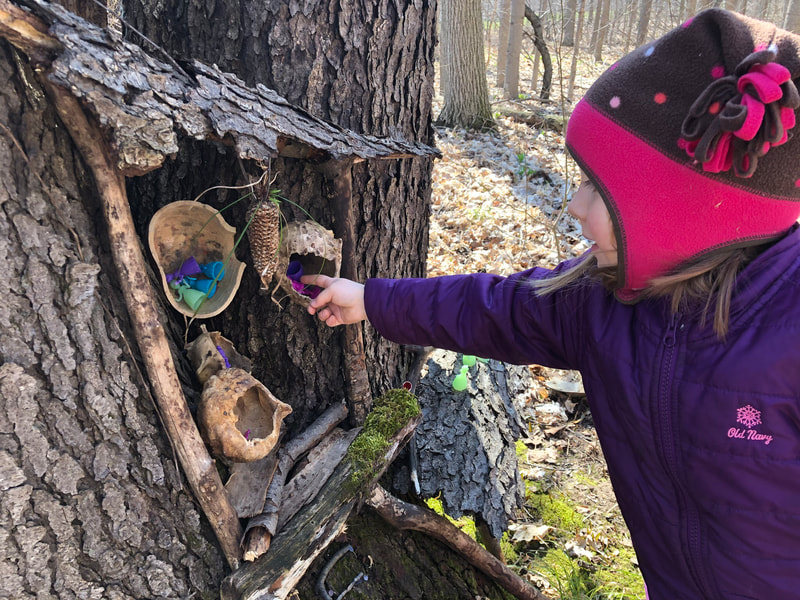
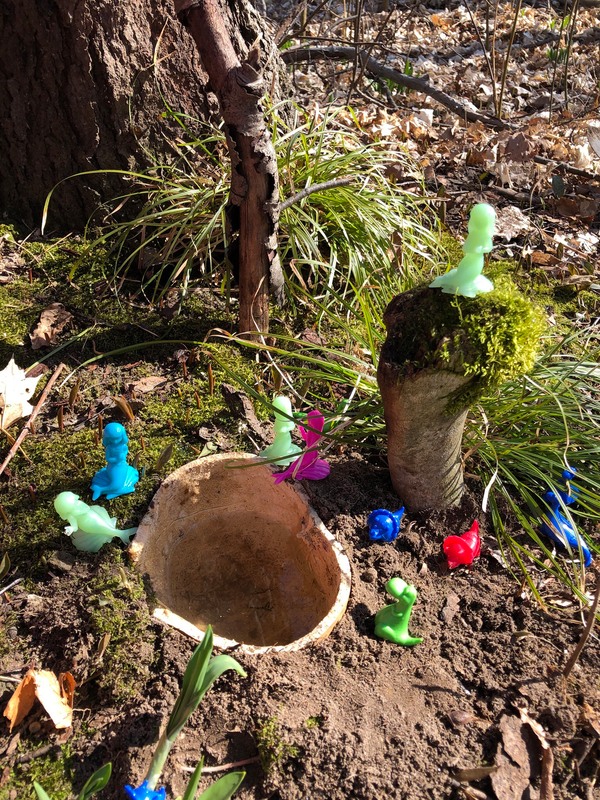
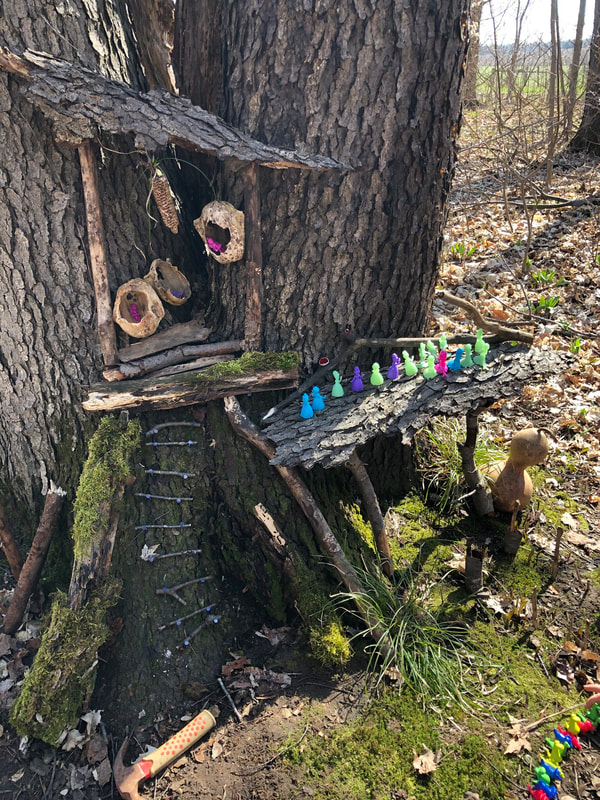
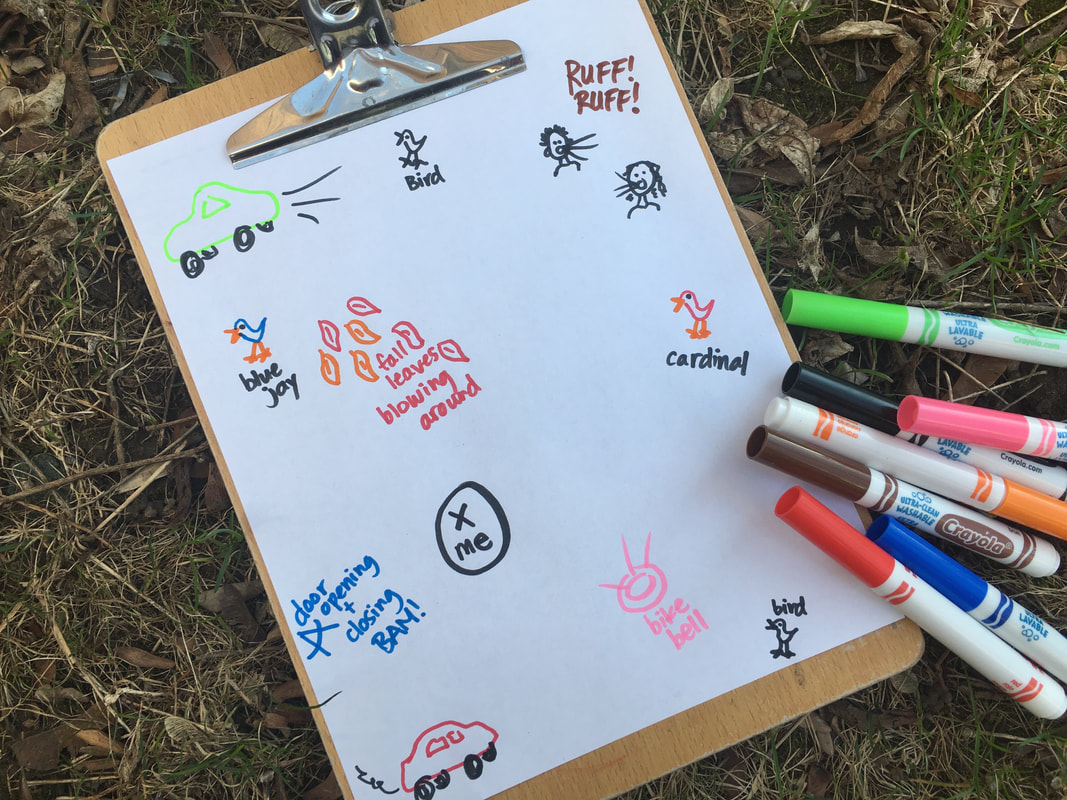
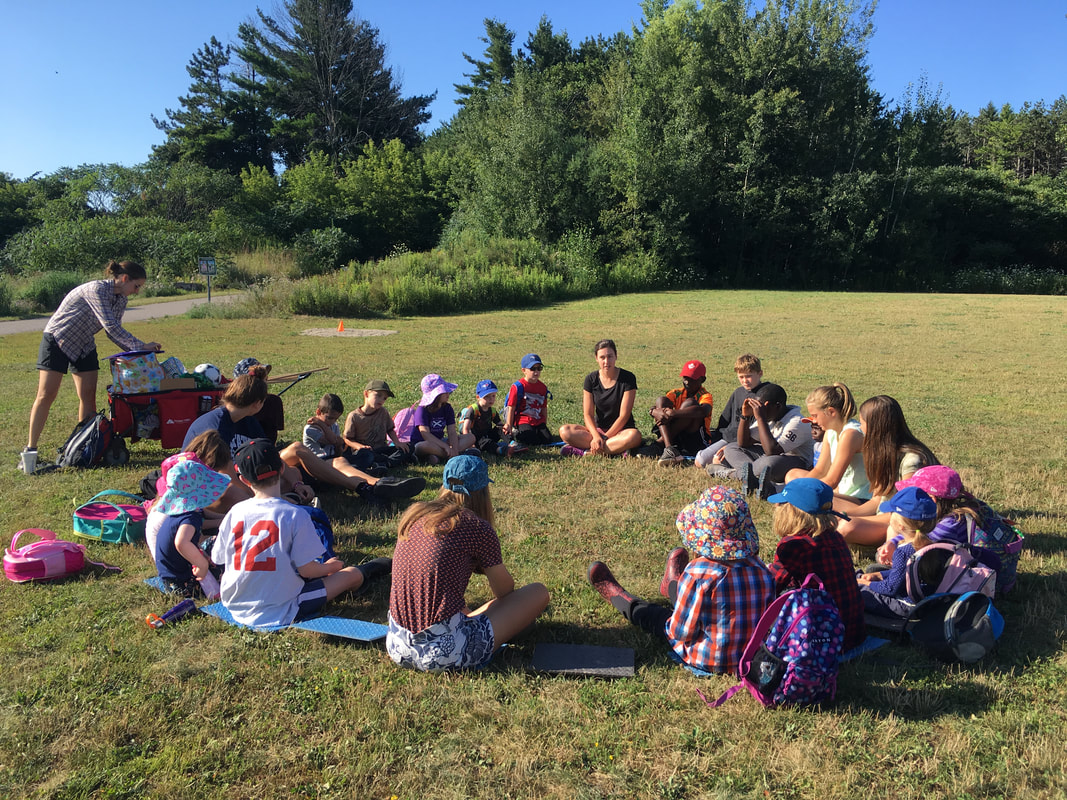
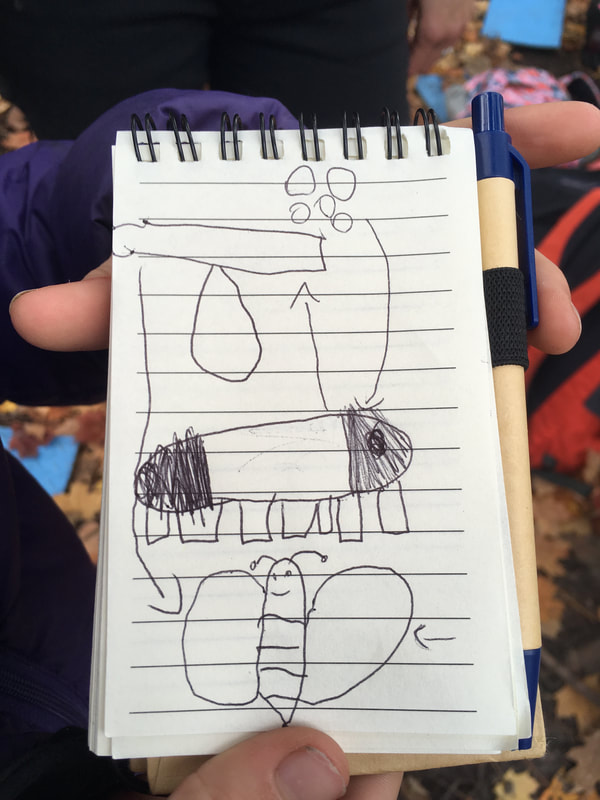
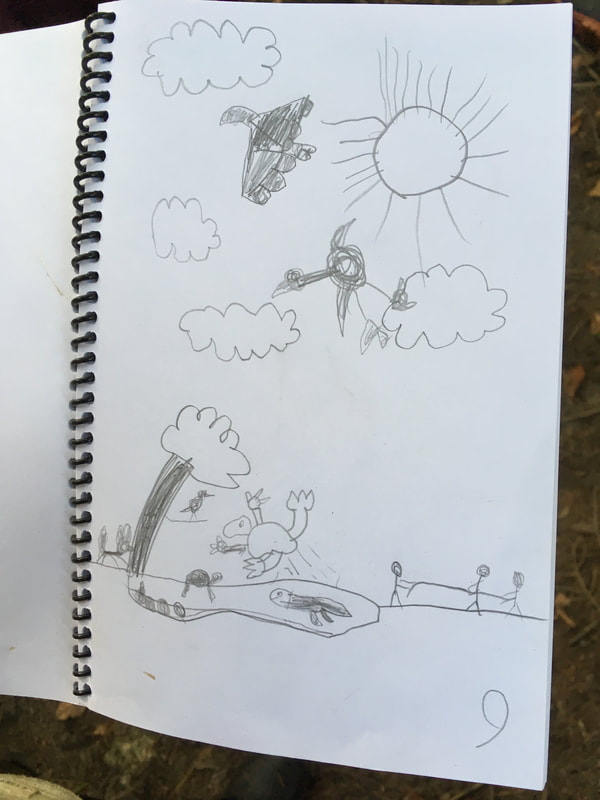
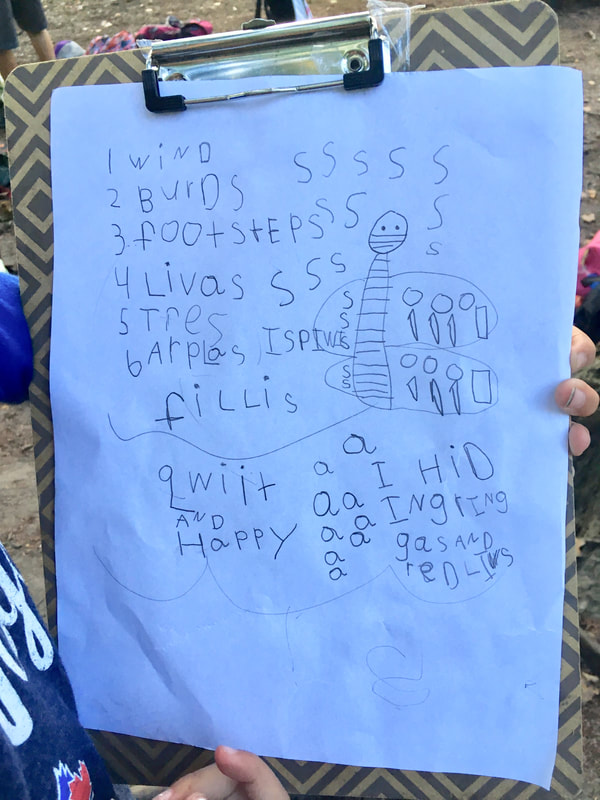
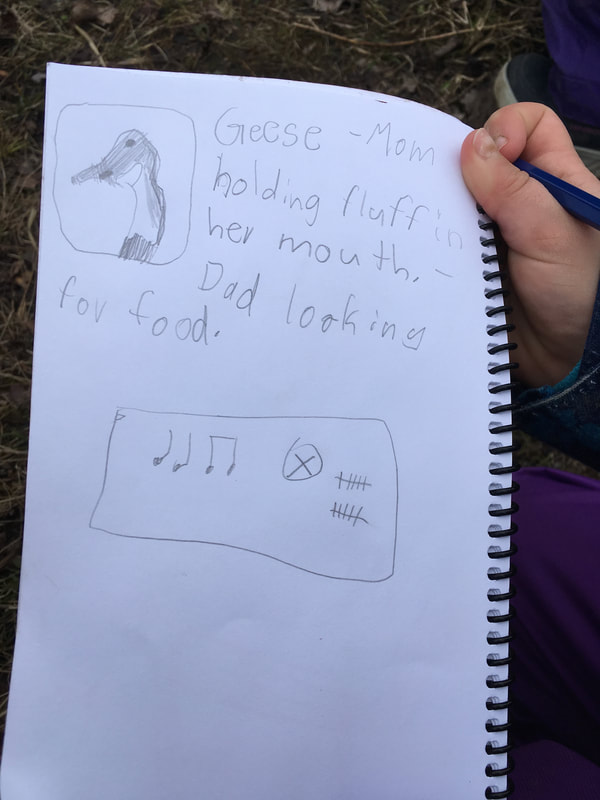

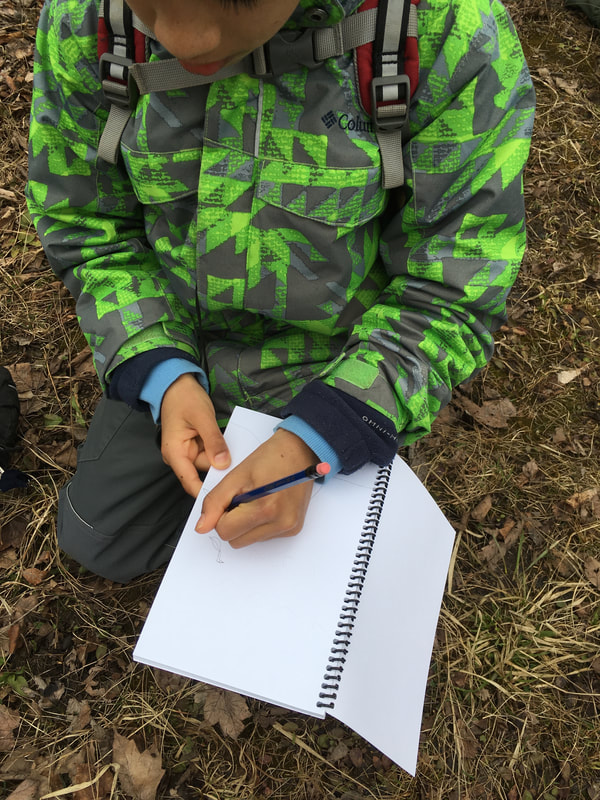
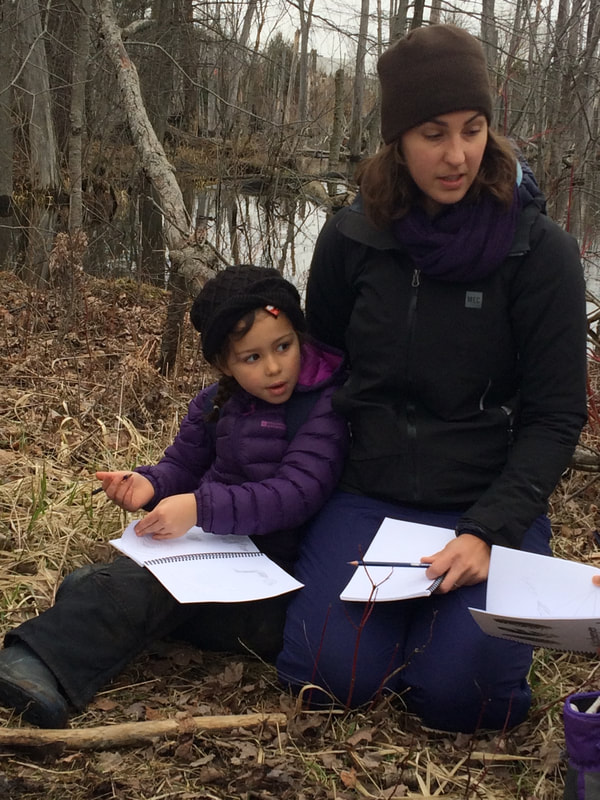
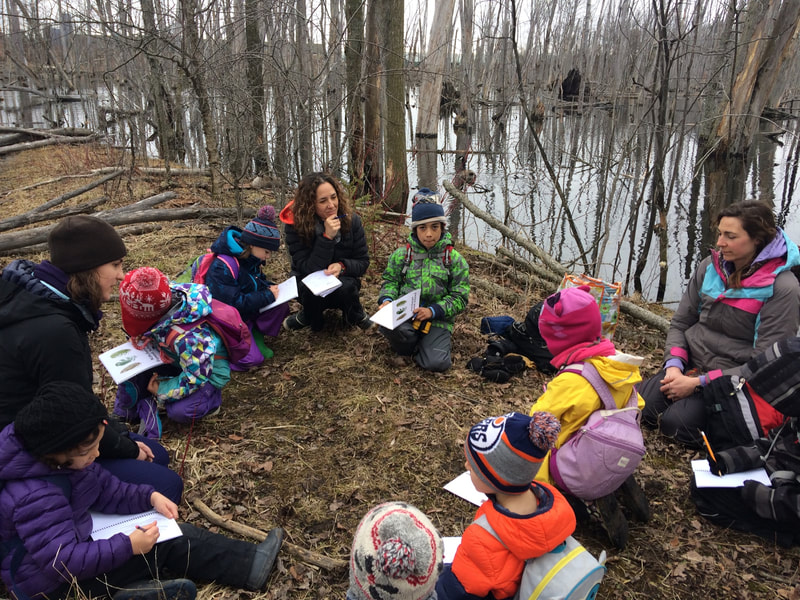
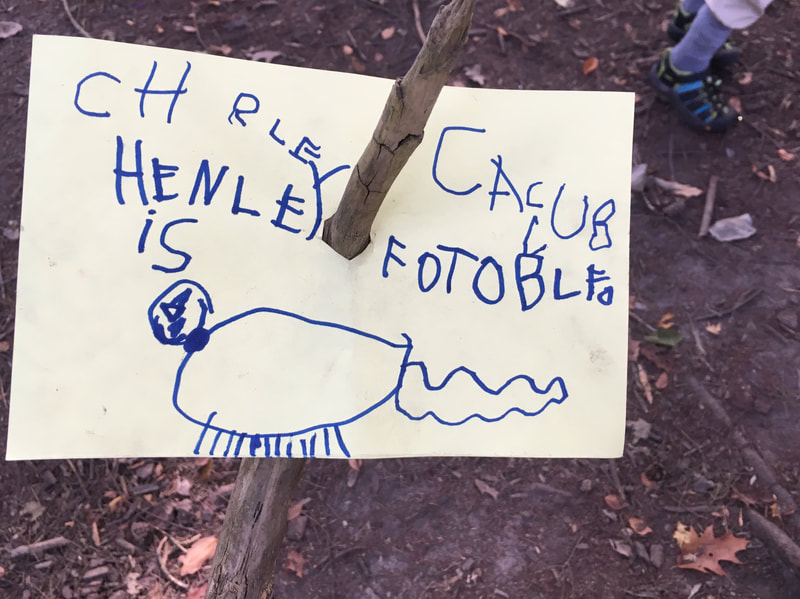
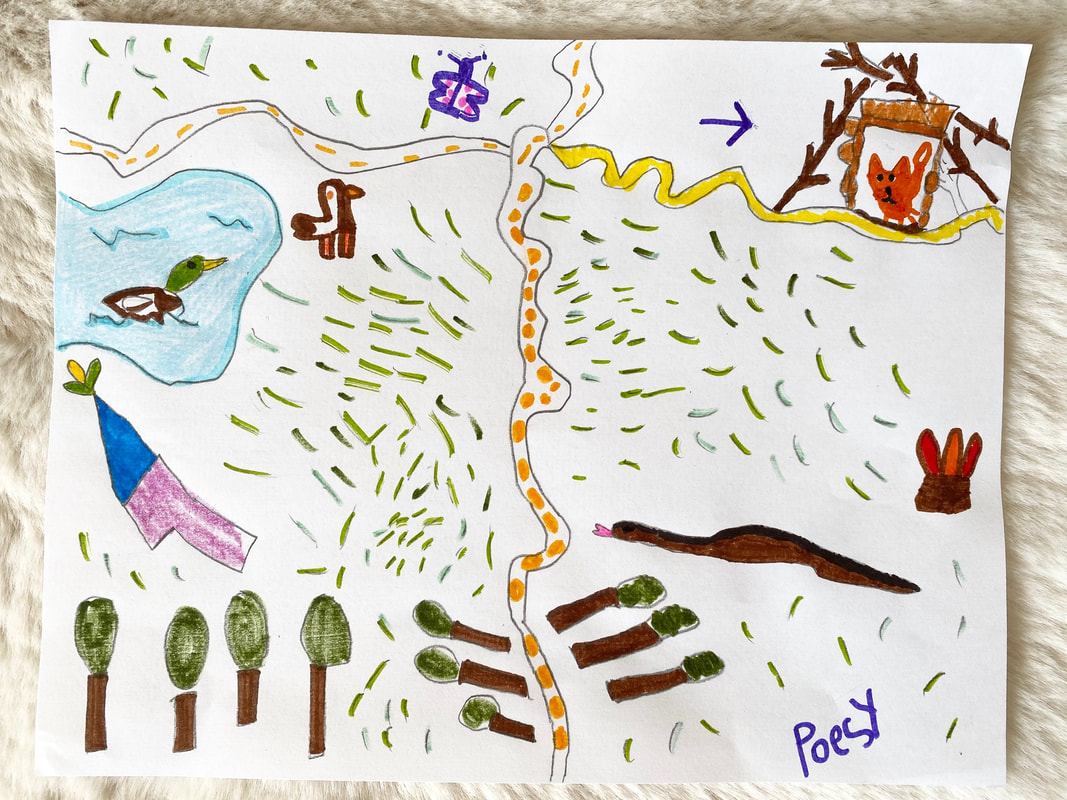
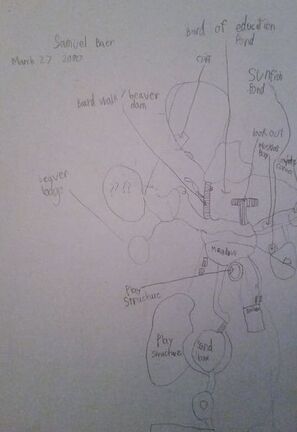
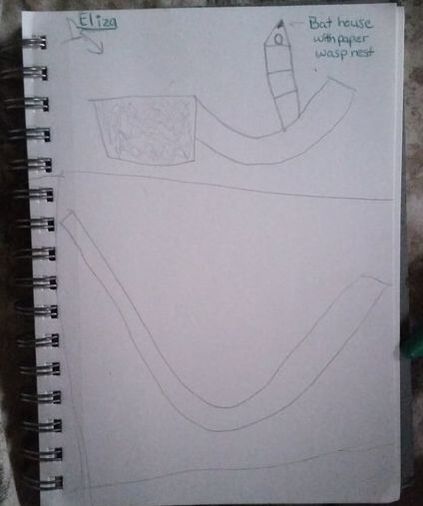
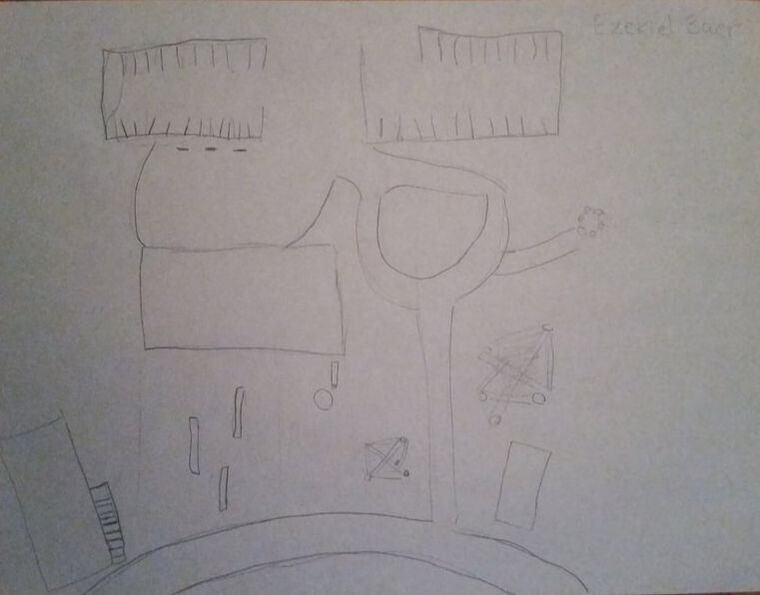
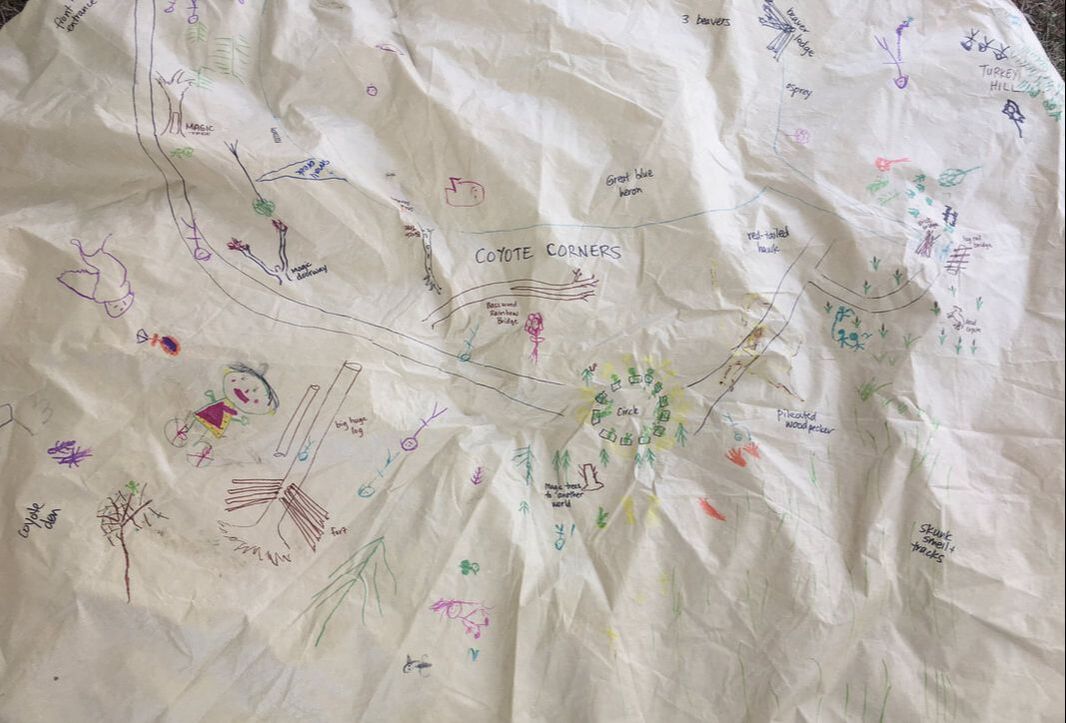
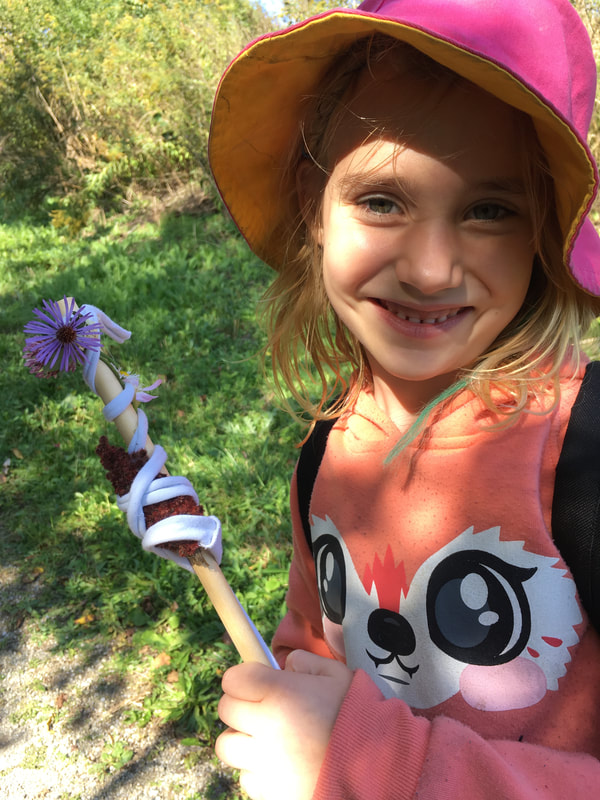
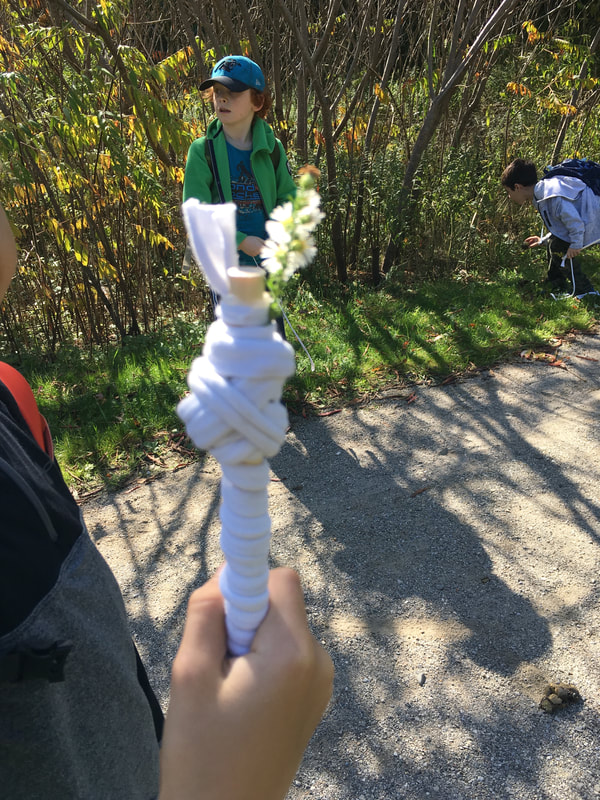
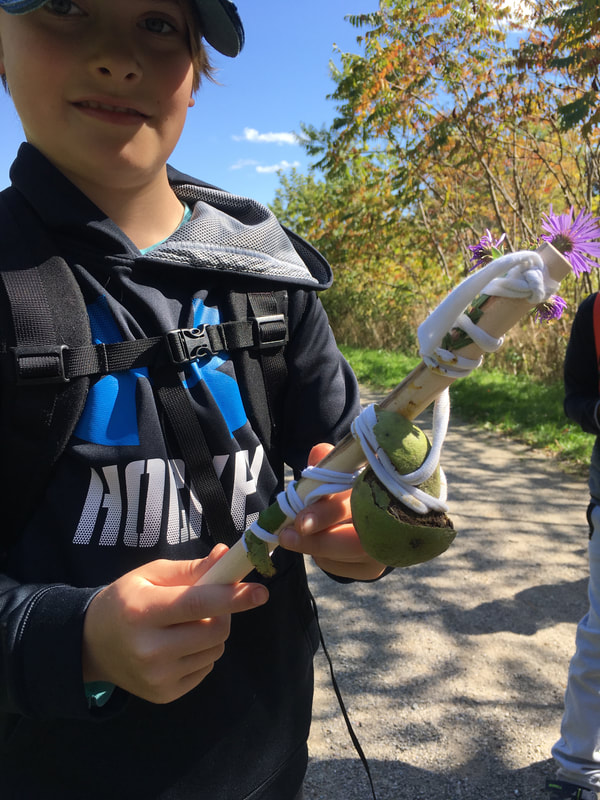
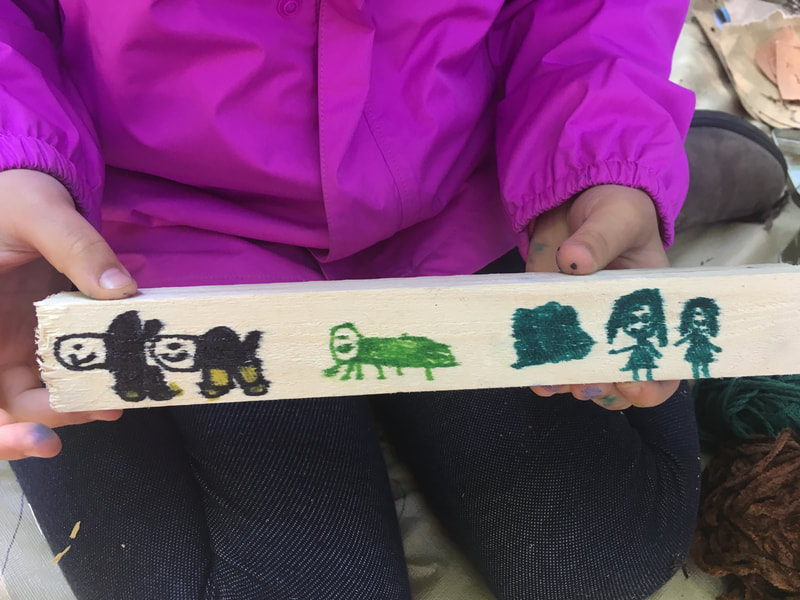
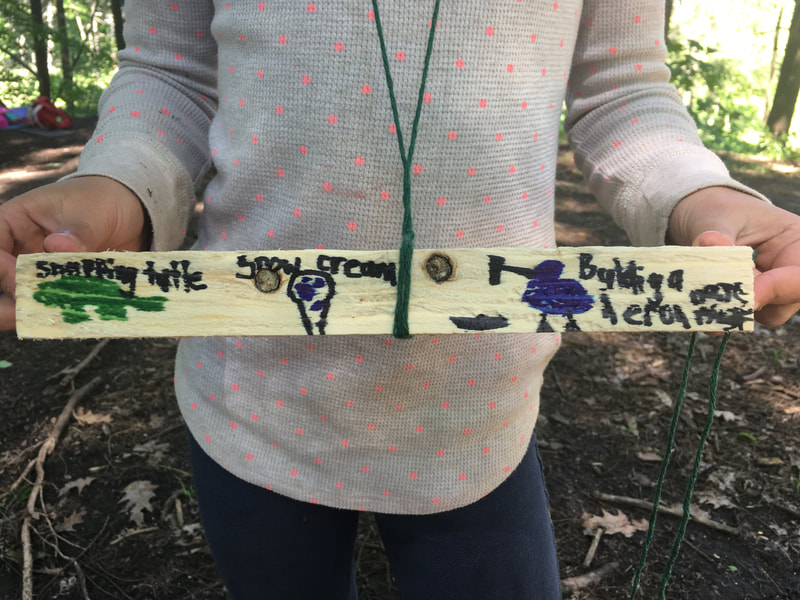
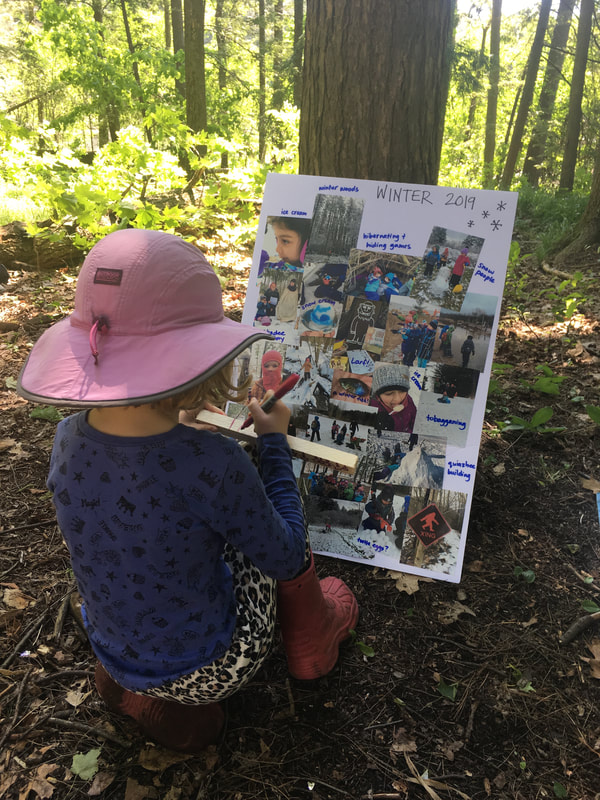
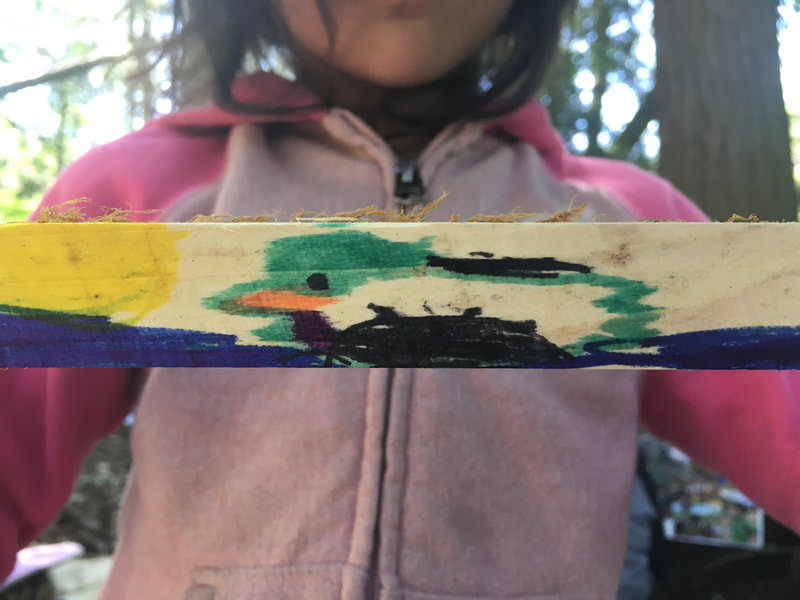
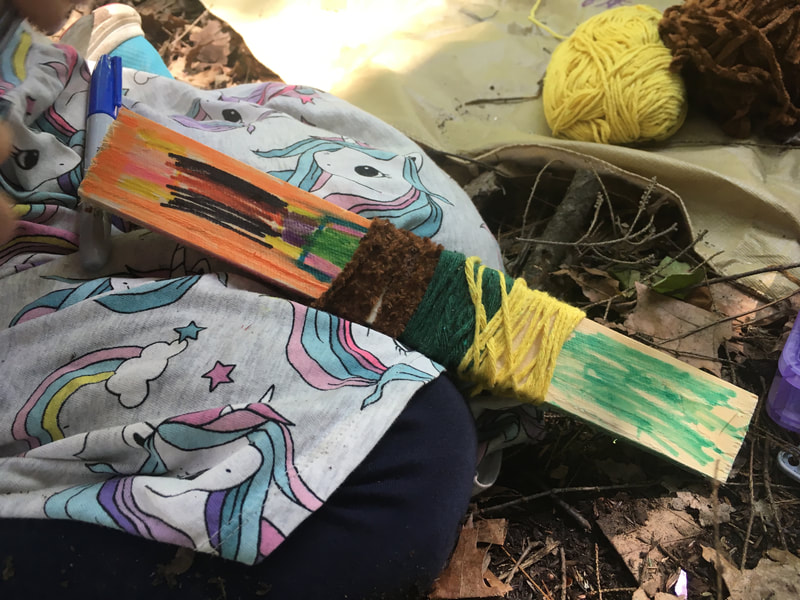
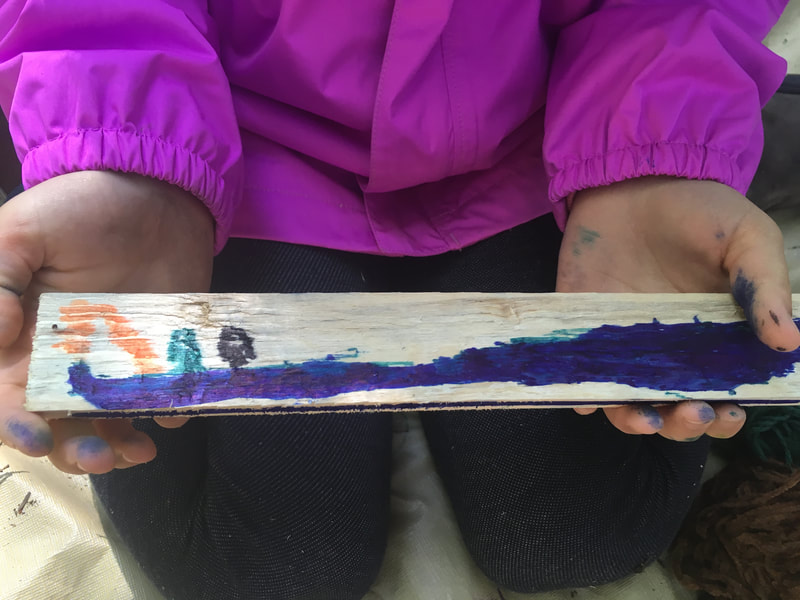
 RSS Feed
RSS Feed